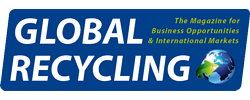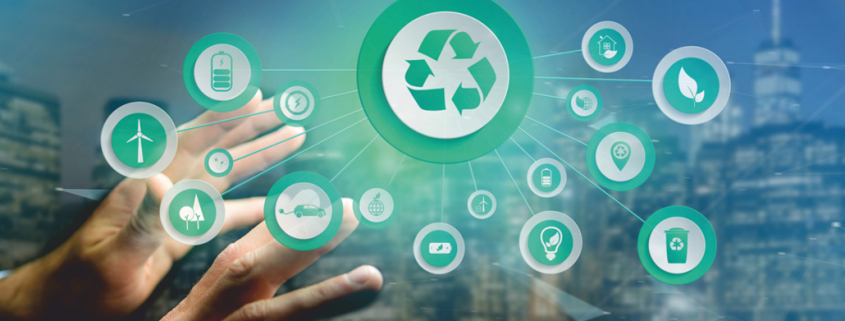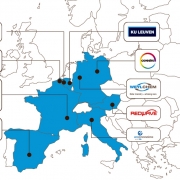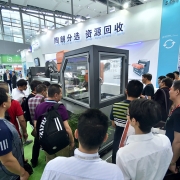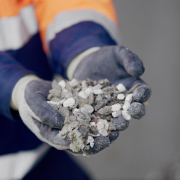Circular Economy and Business Opportunities
Business models centered on industrial symbiosis play a crucial role in fostering green growth and accelerating circular economy adoption, COST, the European funding organization for research and innovation networks, informed.
As underlined by the European Cooperation in Science and Technology (COST), circular economy (CE) practices are helping to tackle some of humanity’s most pressing environmental challenges, including the rise in global temperatures driven by increasing carbon dioxide emissions, the strain on natural resource extraction, and the growing volume of waste. The industrial processes and product use sector accounts for eight percent of Europe’s total greenhouse gas emissions.
“The Energy Transitions Commission has identified the development of a CE strategy as a key opportunity, potentially reducing emissions in this sector by 40 percent,” COST wrote. In addition to substantial decarburization, CE approaches could significantly curb waste production, contributing to a more sustainable future. “Under the framework of a CE, business models centered on Industrial Symbiosis (IS) play a crucial role in fostering green growth and accelerating CE adoption. These models prioritize maximizing the value of products for as long as possible while simultaneously minimizing waste generation.”
Industrial Symbiosis
The process by which waste or by-products from an industry or industrial process are transformed into raw materials for another industry is known as Industrial Symbiosis (IS). This systematic approach promotes a more sustainable and interconnected industrial ecosystem, offering solutions to the development and environmental challenges highlighted by the United Nations’ Sustainable Development Goals (SDGs). By adopting IS models, businesses can significantly contribute to achieving global sustainability targets.
Industry sustainability faces significant challenges related to waste management, raw materials usage, and supply chain efficiency. While the concept of IS is becoming more recognized, its advancement, integration, and large-scale implementation require considerable expertise, collaborative research, and strong partnerships between academia and industry, all supported by effective policies. The adoption of IS is hindered by low awareness, regulatory hurdles, limited incentives, and technological challenges across the value chain. Tackling these obstacles requires deeper investigation and greater involvement from industry, academics, and policymakers. To overcome these barriers, numerous key questions need to be raised about what knowledge is available on IS. What is the impact of IS on the industry system, policy regulations, and implementations in society? How are Information Communication Technology (ICT) tools integrated within the IS domains to support their proper implementation? How to increase the understanding, awareness, and knowledge about IS?
Introducing LIAISE COST Action
In 2023, an interdisciplinary research network gathering experts from academia, industry, and technology institutions launched the LIAISE COST Action (Cooperation, development, and crossborder transfer of Industrial Symbiosis among industry and stakeholders). This initiative aims to address critical questions surrounding the implementation of Industrial Symbiosis and promote sustainable industrial practices through collaborative research and innovation.
Ms Almudena Muñoz Puche, Chair of LIAISE: “Industrial Symbiosis is more than a strategy; it’s a pathway to a sustainable future. Through LIAISE, we bring together experts, industries, and policymakers to break barriers, share knowledge, and turn waste into opportunity, building a Circular Economy that benefits both the planet and society.” This COST Action initiative will foster longterm partnerships between academic institutions and industry, paving the way for large-scale implementation of IS processes, the information said. “The initiative will also facilitate the transfer of specialized technologies to the market, supporting Europe’s goal of developing highly competitive, sustainable companies. By addressing key environmental challenges, such as decarbonization and waste reduction, this collaboration is fully aligned with Europe’s vision for a greener future.”
First anniversary of LIAISE
As reported, the network currently involves 245 working group members from 49 countries with a good gender balance and great involvement of young researchers. In its first year, LIAISE established its core management structure and organized thematical workshops in Armenia, Croatia, Lithuania, Serbia, and Slovenia to strengthen collaboration further and advance the project’s goals. “As its acronym indicates, LIAISE aims to bridge the gap between theory and practice by fostering a participatory, practice-oriented approach that supports cross-sector collaborations. It will also establish Key Performance Indicators (KPIs) to assess the implementation of IS business models in the industry.” These efforts would mark significant progress in reducing the environmental impact of industrial activities and advancing global climate goals.
“Establishing a robust knowledge base on IS, combined with enhanced networking and training, is vital for fostering a circular and sustainable industrial ecosystem worldwide. Such efforts are crucial for driving the transition to a more resilient and eco-friendly global industry.”
cost.eu, liaise-action.eu, cost.eu/actions/CA22110/#tabs+Name:Description
(Published in GLOBAL RECYCLING Magazine 1/2025, Page 6, Photo: Production Perig / fotolia.com)
